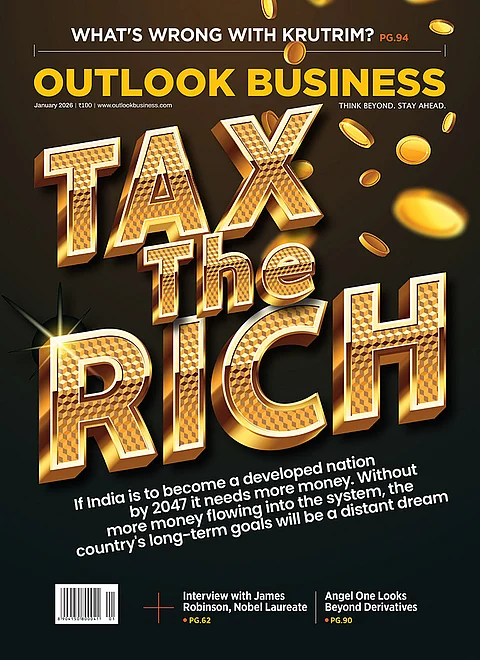 Don 2, released a few weeks ago, typifies the current flavour of Bollywood films. The hero (Shah Rukh Khan) does not shy away from being the anti-hero, driving fast cars, indulging in crime, alcohol and smoking. Today’s heroes are shown in foreign locales, living in mansions and cheating to get ahead in life — a far cry from the deeply socialist breed of films in the 1950s and 1960s, from Awaara and Shree 420 to Pyasaa, which would portray the lead actor as a Robin Hood-like character fighting the corrupt and profiteering seth, thakur, zamindar, mill/ factory/ owner (fearfully or contemptuously called maalik or sarkar).
Don 2, released a few weeks ago, typifies the current flavour of Bollywood films. The hero (Shah Rukh Khan) does not shy away from being the anti-hero, driving fast cars, indulging in crime, alcohol and smoking. Today’s heroes are shown in foreign locales, living in mansions and cheating to get ahead in life — a far cry from the deeply socialist breed of films in the 1950s and 1960s, from Awaara and Shree 420 to Pyasaa, which would portray the lead actor as a Robin Hood-like character fighting the corrupt and profiteering seth, thakur, zamindar, mill/ factory/ owner (fearfully or contemptuously called maalik or sarkar).
Does society influence media content or does media influence and shape the society, gender biases and popular culture, is an often hotly-debated topic in any country. We are no different in that respect. Be it films, print, television or advertising, we see a tremendous amount of permeable give-and-take between popular culture and the media and vice versa.
Media, Gender, and Popular Culture in India attempts to take on this vast and complex vista to plot media’s impact on popular Indian culture and on gender representations and biases. The book appears to have an academic orientation, given the writing style and the elaborate referencing provided at the end of every chapter. In at least one instance, the chapters are revised versions of articles written by the authors that have appeared earlier. Chapter 3, titled ‘Filming Change, Securing Tradition’ in this book, is a revised version of ‘Missed Opportunity’ that had appeared in The Sunday Statesman in March 2008.
While the topic is very interesting and extremely wide, the challenge in such an area of writing is that the author needs to very clearly identify trends, patterns and then present generalisations of observations. And those generalisations need to be presented in ways that make the entire landscape come alive on the canvas. This is where the book is a little weak and less than gripping. While the chapter on films delves into Bollywood and Bengali cinema, one would have liked to see the trends and patterns articulated with more vivid presentation or narrative. This is especially true in the case of the chapter on television, which appears to have been given merely lip-service.
Just like Indian cinema, television has had a deep impact on gender portrayal as well as popular culture, right from the days of Ramayan, Nukkad and Yeh Jo Hai Zindagi (all on Doordarshan), Antakshari, Hasratein and Amaanat on Zee, to KBC and Kyunkii Saas Bhi…on Star Plus and, now, Uttaran and Balika Vadhu on Colors, not to mention scores of Tamil cult dramas. This book has missed a trick or two in relating the TV journey of the last 30 years (ever since Asiad ’82), which has permeated deep into the cultural and societal orientations of our society.
Having said that, the book has in detail captured trends in print, films and advertising. These are supported with fairly rich referencing from articles and journals throughout. The thesis that the authors want to relate is captured in the concluding chapter — “Media has assumed such a major role because it is going through an extraordinary change, a sort of metamorphosis in the last couple of decades.” Perhaps more than the general reader, Media, Gender… will be of more interest and use to students, especially those studying arts or mass communication.











